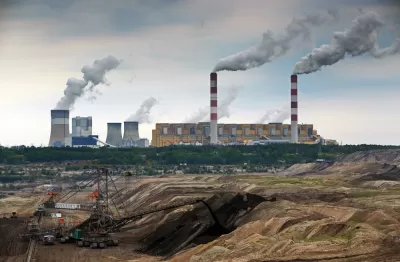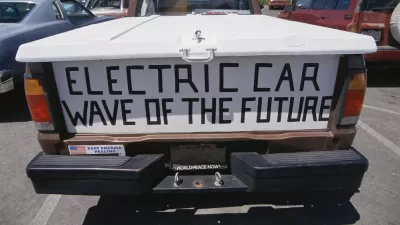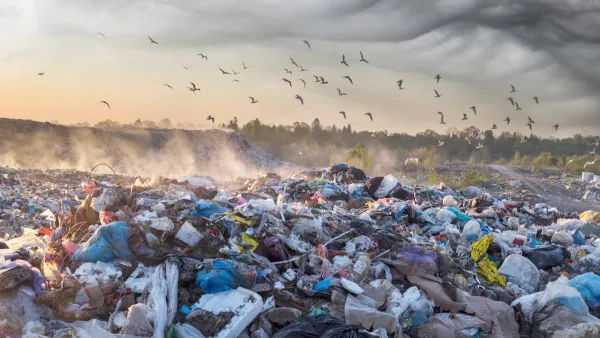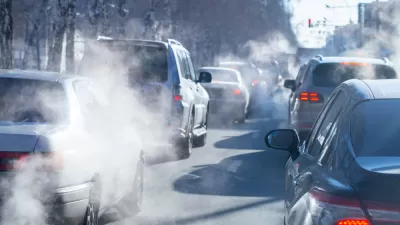Despite the Supreme Court’s recent decision to limit the EPA’s ability to regulate emissions from power plants, the agency still has a range of tools at its disposal for enforcing pollution controls and reducing harmful emissions.

After the Supreme Court curtailed the Environmental Protection Agency’s power to regulate carbon dioxide emissions, critics of the decision worried that the Court’s action essentially ‘gutted’ the EPA’s ability to fight climate change. But, as Elizabeth Shogren argues in an article for High Country News, the EPA has more powers remaining at its disposal than some might think. “It has proposed rules limiting methane emissions from oil and gas facilities and is targeting vehicle tailpipe emissions. The Supreme Court ruling expressly leaves the EPA with the authority to regulate pollution from the electricity sector — as long as it doesn’t order plants to switch from coal to renewable energy the way it would have under Obama’s plan.”
EPA Administrator Michael Regan “said that his agency also plans to tighten regulations that would force power plants to clean up pollution — in many cases, an expensive undertaking. He made it clear that he hopes that the owners of coal-fired power plants will decide to close dirty facilities rather than spend the money to clean them up.”
The EPA says it also plans to implement a ‘good neighbor rule’ that limits air pollution in states with ‘downwind’ neighbors and tighter restrictions on harmful emissions like mercury, coal ash, and other toxic waste.
The article notes that the shift away from coal is already happening. “Even after an uptick in coal use in 2021, the United States used only about half as much coal to produce electricity as it did 15 years earlier. Meanwhile, renewable energy has overtaken coal as a source of electricity.”
However, environmentalists argue that the Biden administration isn’t doing enough to address the urgent issues of air pollution, emissions, and climate change. For example, “A coalition of groups sued the EPA in April, after 34 states failed to meet a requirement to submit plans showing how they would improve visibility at national parks and wilderness areas, as required by the regional haze rule.”
FULL STORY: The EPA has more options to rein in climate change than you think

Planetizen Federal Action Tracker
A weekly monitor of how Trump’s orders and actions are impacting planners and planning in America.

Chicago’s Ghost Rails
Just beneath the surface of the modern city lie the remnants of its expansive early 20th-century streetcar system.

San Antonio and Austin are Fusing Into one Massive Megaregion
The region spanning the two central Texas cities is growing fast, posing challenges for local infrastructure and water supplies.

Since Zion's Shuttles Went Electric “The Smog is Gone”
Visitors to Zion National Park can enjoy the canyon via the nation’s first fully electric park shuttle system.

Trump Distributing DOT Safety Funds at 1/10 Rate of Biden
Funds for Safe Streets and other transportation safety and equity programs are being held up by administrative reviews and conflicts with the Trump administration’s priorities.

German Cities Subsidize Taxis for Women Amid Wave of Violence
Free or low-cost taxi rides can help women navigate cities more safely, but critics say the programs don't address the root causes of violence against women.
Urban Design for Planners 1: Software Tools
This six-course series explores essential urban design concepts using open source software and equips planners with the tools they need to participate fully in the urban design process.
Planning for Universal Design
Learn the tools for implementing Universal Design in planning regulations.
planning NEXT
Appalachian Highlands Housing Partners
Mpact (founded as Rail~Volution)
City of Camden Redevelopment Agency
City of Astoria
City of Portland
City of Laramie





























